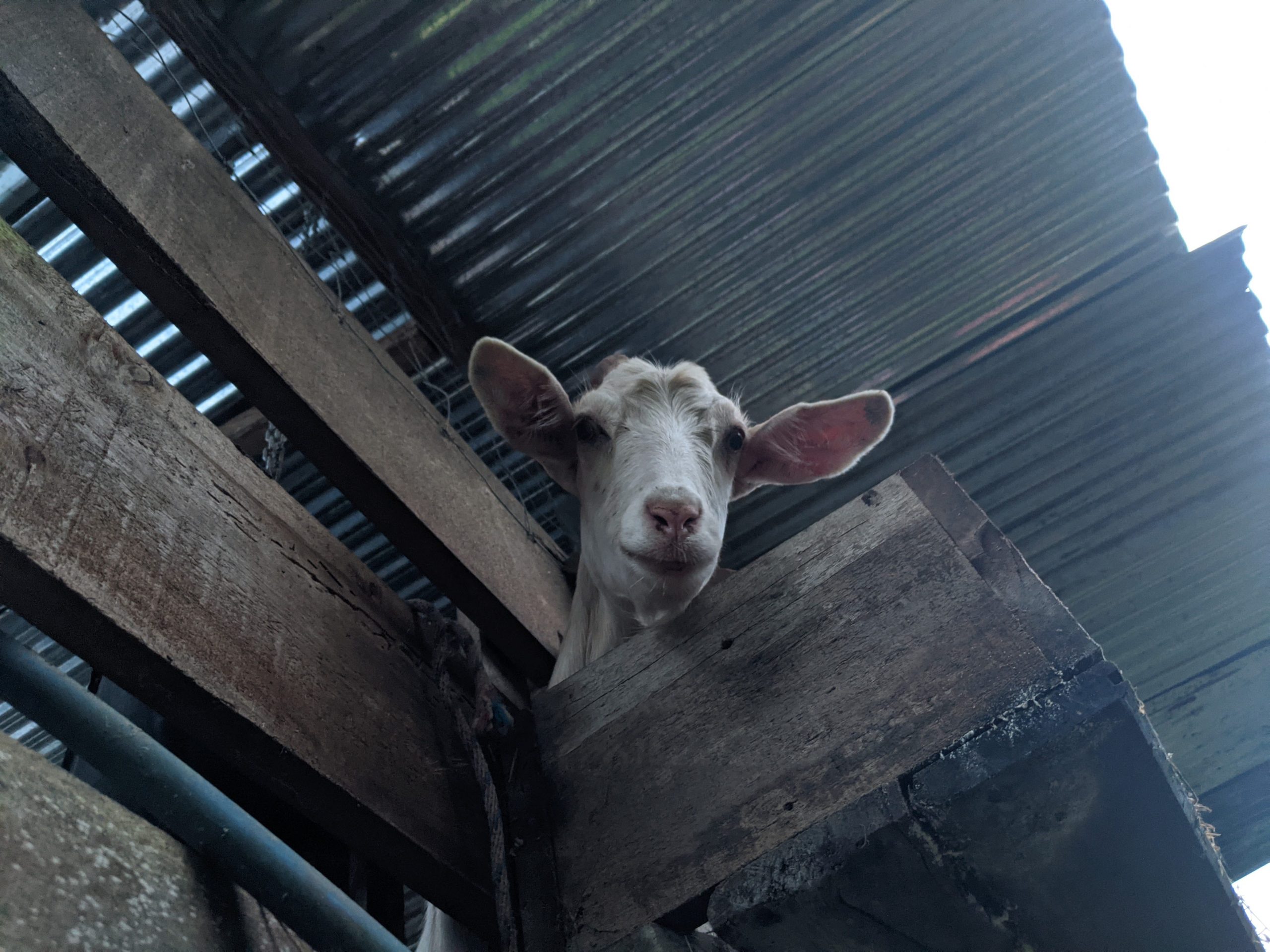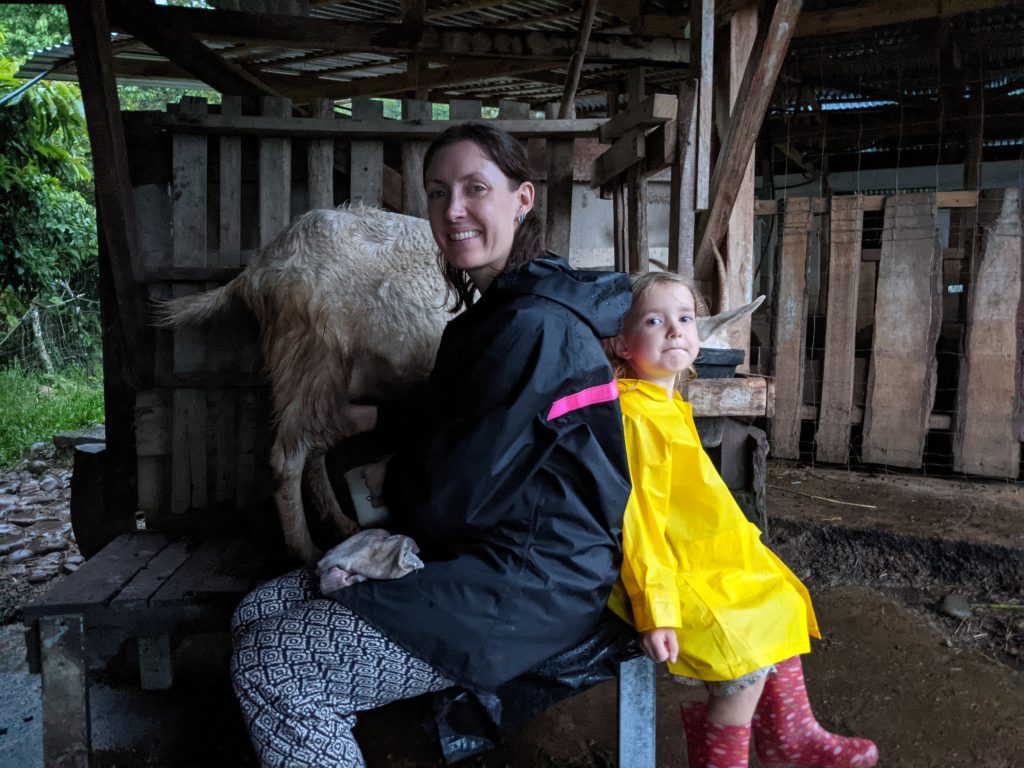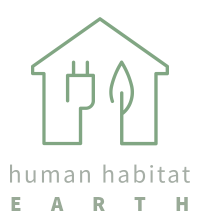Farm Fun Finishes

After our first two weeks on the farm (one shadowing Sophia and the other going it alone) we started to settle into a good routine. The early mornings had become an easy habit to follow once my body-clock had got into the rhythm. I’d put together a spreadsheet to manage the incoming orders to take the stress out of that weekly ordeal. The main challenge each week that we had to deal with was the fresh milk and making the cheese and after a fortnight of being in that process I had been able to see an easy way to deal with everything on a weekly schedule that made sense.
The farm doesn’t sell very much fresh milk, at most a couple of litres each week, although the sales had rocketed through our stay there as we easily managed to consume a litre per day as a family. On average there would be 6 litres per day coming in, sometimes slightly less and so we had around 40 litres per week to deal with. During our time there yoghurt was selling quite well but there were challenges there too. Sometimes the yoghurt was not coming out right. It seemed to happen with the first batch each week; that it would separate rather than having a continuous thick consistency. My thinking was that because I was making a lot of cheese over the weekends that there were cheese cultures in high concentrations which caused this each time. Sophia recommended a full sterilisation of the tools and pots used in the yoghurt process and that seemed to fix it. Our other challenge was time and tools. It takes 11 hours of time under heat to make the yoghurt and then it is best put into the fridge to give a nice thick consistency before putting it into jars. So it was a full day to turn around a batch of yoghurt and was only possible to do 2 litres per day. We couldn’t make it too far in advance or it wouldn’t be good by the end of the week so the yoghurt making would begin on Monday evening and we usually needed between 6-8 litres by the sales day on Thursday which made it pretty tight. Once again though, those sales were not definite and so it falls to the producer to speculate and anticipate how much they will need. To me this is one fundamental part of our food system which needs to change going forward. Fortunately at this small scale there was a safety net if the sales should drop – any leftover yoghurt could be used to make labneh but more than likely we would happily eat it all!

There were a selection of soft cheeses which needed to be made according to the order volume each week which was potentially one of the hardest things to manage. Turkish cheese, ricotta, soft cheese – these all have a relatively short shelf life and if the orders were significant we could easily be rushed off our feet. However, apart from a soft cheese (which takes 12 hours to make) they were all fairly quick processes. Taking into consideration that each week we might need milk in the fridge to make soft cheese and yoghurt we would have to leave a bit of a surplus just in case. This naturally created a routine in which we would arrive at Friday with a bit of a glut of milk and would spend the weekend making hard cheese which as I’ve said before takes up 4 litres per cheese. Over a weekend I could turn out 3-4 of these hard cheeses which meant we would begin the week with an empty fridge again. The hard cheese once made, put through the press and then soaked in brine would either be waxed or aged. When waxed the outside layer is no longer in contact with the air which prevents any further fermentation of ageing other than a little slow maturing to the interior. We were also experimenting with different aged cheese which would be left out to form a selection of (good) moulds on the skin.

I don’t want to go into too much detail about the cheese but I also felt that I should sketch out some of what our weekly routine looked like as it was such a significant part of the time we spent on the farm. The interesting part for me in all of this was the picture as you zoom out a little and try to understand some of the cultural challenges. For the most part the cheese that we have found in Latin America is ‘fresh cheese’. It is made very quickly with the addition of an acid or possibly rennet and there is no maturing process. This seems to echo other parts of the food culture that we have found here where preservation has not become the consideration that it is in our northern temperate climates. Without a cold winter to survive, the process of filling the larder did not evolve. We found the same thing when we were in Barichara in Colombia and on one of our last days there we finally went into a small cheese shop at the bottom of town. They were selling various matured goat and cow cheeses but the lady there explained to us that the locals didn’t buy her cheese; that they tended to only go to tourists. Likewise we found that the mature goats cheese that we were producing (looking and smelling like delicious stiltons) did not appeal so much to the local market. On a personal level I can see the challenge here too: Rachael and I tend to eat (most) cheese in the winter months which is when it feels right, fits with our cultural traditions and also fits with our food production routine. It is definitely hard to see how the same would apply here in the tropics, sitting down with a bottle of red wine and a cheese board doesn’t always feel like the thing you want to do. However, Costa Rica is a land of micro-climates and if we returned to the mountains where we stayed in Cosy Cabin then it would definitely feel appropriate. Similarly, places around San Jose and the Central Valley where the climate is cooler.
Putting cheese aside I should focus on how family life was working out on the farm. One thing that took us by surprise was how our experience compared to our time in Barichara. Some of this is probably because our time in Colombia was something that we had imagined from the beginning of our journey whereas the opportunity to be on the farm came as an unexpected bonus. Nevertheless, we had thought that when we went to Barichara that we would find a context for us as a family. Before we went and during the pandemic when we were first in touch with Joe it seemed like there were lots of gatherings of families in which the adults and children alike were engaged in the regenerative work being carried out in the region. Sadly, when we arrived this seemed to have been erased by the return to ‘normality’ and so the parents were back to work and the children were back to school. As I described previously we found that we ended up spending our days somewhat separately and more like our lives back home, but in a different place.

By contrast we found a very healthy context for our family on the farm. It wasn’t perfect. There were still a lot of times when the girls were a bit bored and either didn’t or couldn’t get involved in the work. However, to give us our due we were only there for a month. I could easily see that if this was our full time situation that the girls would quickly become an essential part of the routine. From our uneasy beginnings and early challenges with getting the animals into bed it was a pleasure and a joy to watch Zia and Rosa grow into things. They both transitioned from fear and apprehension in the first week to soon walking along and herding the goats down to the stables. Each day that we went down to do the evening routine they seemed to venture into another enclosure to distribute the food; first going in with the sheep with Rachael to eventually going in and doing the food by themselves. This kind of organic growth is always heart-warming to witness. When little by little they push themselves to challenge their fears and express their natural desire to become more competent and capable. In this context our girls would be asking us “Can I feed Warwick?” or “Can I do the hay tonight?” without any pushing from us. This came to a climax in the final weeks. The production from the milking goats had dropped a little and so they were put onto new pasture which happened to be the field up behind the house. The first couple of nights Rachael or myself went up to collect them and walk them down to the milking area. After those first few times the girls asked if they could come. The next night they asked if they could go and get ‘the girls’ down – I followed at a distance to make sure nothing went wrong but they did just fine. A few nights later it had become part of the evening routine that Zia and Rosa would head off up the hill, negotiate a couple of gates and occasionally some stubborn goats and then come running down the hill behind Lily, Heidi & Lucerne waving their arms and guiding them through the gates.
We had settled in. Being around the animals felt comfortable. The routine that we had established left space to deal with the unexpected. This is a scenario which has also repeated throughout our journey – from getting to grips with the local shops or the cooking facilities that we find in a new house to finding ourselves familiar with the animals on the farm. Just like the children, Rachael and I have to go through the same process of being stretched and finding ourselves in unfamiliar territory and after a little time it naturally becomes familiar and comfortable.
Sadly our time on the farm was coming to an end. It had been an incredible experience. An opportunity for us to try out a new lifestyle and to see the other side of a part of food production about which we knew little. It had been a place in which our children were able to grow in themselves and their capacities. It had been the same for Rachael and I. All of us would leave with more confidence being around animals. We knew how to make cheese. If ever someone needed a goat milked we could say “Sure. We can do that.” which is probably not something that many people can do these days. The horses, goats and sheep had transformed from slightly intimidating strangers into friends with recognisable and endearing personalities. In our last weeks it was so beautiful to see that one of the ways that the girls would choose to pass some of the day was to simply pull up a chair by the gate and sit and watch the goats! Of course the day was still full of moments when they might be bored or looking at a screen but at least parts of it were filling with these other unique activities and most of all that they were choosing them over doing those other things.

When Marc and Sophia returned from their travels we only had a couple of days left. We moved back down to the Rancho and mostly relaxed into not having the responsibility for running the farm. Rosa and I did join Sophia one evening to do the routine with the animals one last time before we had to leave. On our penultimate day we went up to the farm in the morning and Sophia got Paloma ready for the girls to have a ride. First she led Zia around on Paloma and then she handed the guide rope to me and I led them around. Next Rosa got up and went around with Zia behind her and thankfully Paloma is a very good horse and was very well-behaved looking after our girls.

Once the girls were all done Rachael took her turn going around the house. Finally I had a ride. It’s probably been more than 30 years since I have been on a horse. Such fun. The main difference to note is that it’s nothing like a car or a bike! In those more familiar modes of transport you have control. You turn the wheel and the car turns left. Being on a horse is a negotiation. It’s a relationship. You have to strike a balance between asking and asserting where you would like to go. This was made all too clear to me around the back of the house where having reached the top of the slope Paloma decided that she would rather turn around and go back along the flat ground. We did about 20 circles before we finally agreed that we would follow the route and trot down the hill! It’s sad to reflect on how we have lost this. Not so long ago (and still in many parts of the world) we were in relationship with animals. We milked them, we sheared them, they pulled our carts and we rode upon them. All of this happens in a delicate balance of care and reciprocity. We had been privileged to get to see one of the best instances of this relationship. Perhaps surprisingly we had found out that Sophia is a vegetarian. She spent many years carrying out research into animal stress levels under different agricultural conditions and settings. The duty of care is something that is at the forefront of how she works her farm and we were very fortunate to be the recipients of her code of conduct as part of our own initiation into living alongside animals.


Leave a Reply